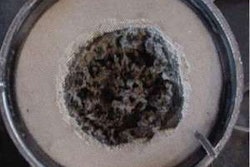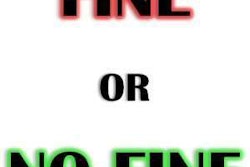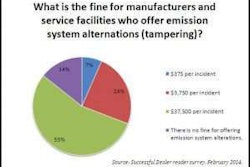Finalized in 2001, the Highway Rule was the Federal government’s first step toward dramatically reducing emissions in the heavy-duty marketplace.
The 2007 rule forced North American OEMs to reduce emissions by more than 90 percent over 2001 levels. At the time, the EPA said the rule would eliminate 2.6 million tons of Nitrogen Oxide (NOx) emissions and 110,000 tons of soot and particulate matter released into the atmosphere each year.
Seven years removed from its introduction, the regulations created by the Highway Rule were updated to create more stringent rules in 2010. Additional regulations for GHG and fuel efficiency standards were created in 2011 for 2014 model year vehicles, and will once again be enhanced in 2018.
In order to achieve these lofty standards, OEMs have turned to highly advanced emission control systems to eliminate particulate matter released into the air.
It’s these additional products — diesel particulate filters (DPF), selective catalytic reduction (SCR) systems, exhaust gas recirculation (EGR) systems and electronic control modules (ECM) — that have been targeted for tampering.
“I think people believe they can get more power” through tampering, says Peter Savage, director of fleet solutions at Clarke Power Services and chairman of TMC’s Emissions Tampering task force.
Formed in 2012, the task force is working to create a Recommended Practice to educate service providers, fleets and technicians about tampering.









